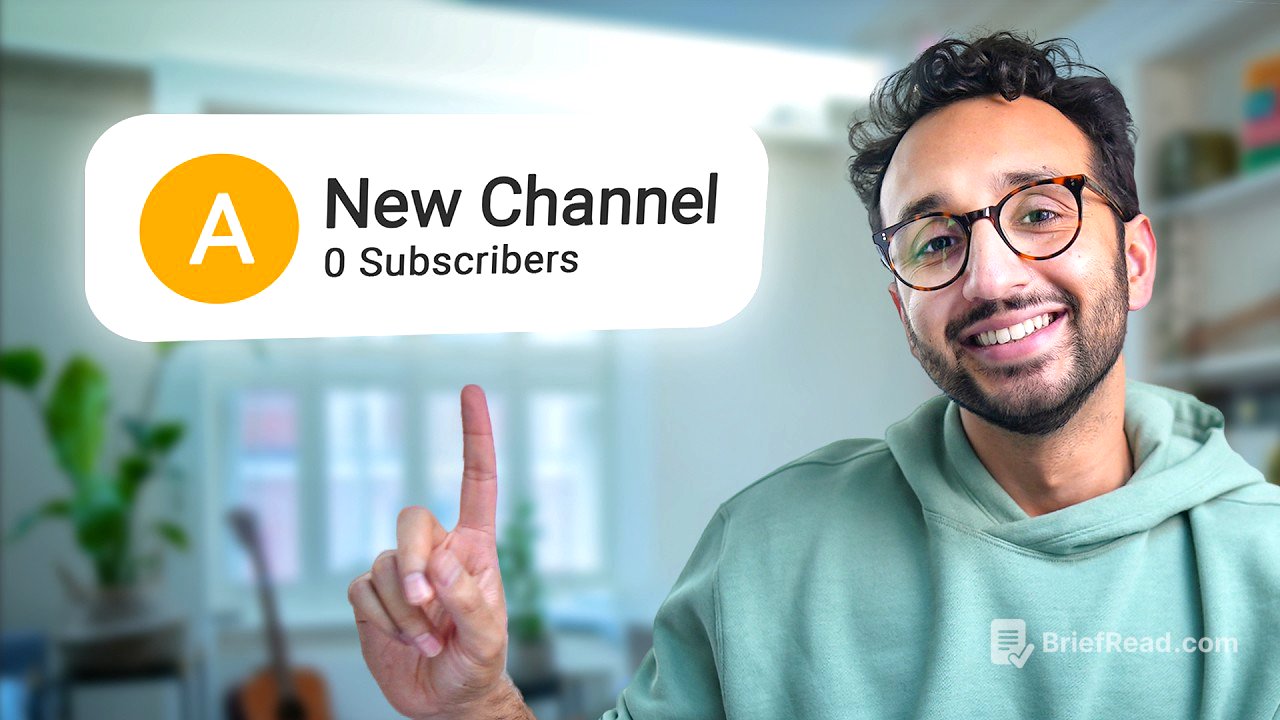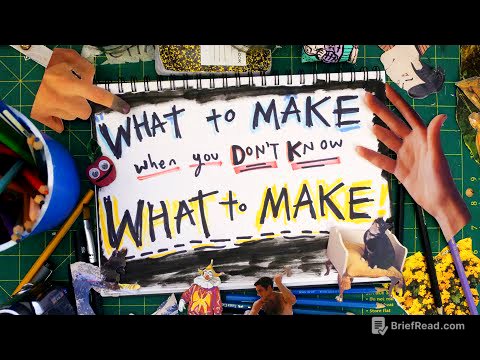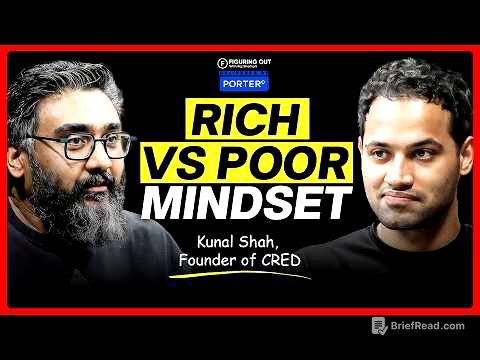TLDR;
This video provides advice on how to balance a full-time job with starting and growing a YouTube channel. It addresses a question from a veterinarian, Hanil, who struggles to find the time and energy to create content. The video emphasizes the importance of having the right mindset, setting realistic goals, and optimizing the content creation process through outsourcing and batching.
- Focus on intrinsic motivation rather than solely pursuing passive income.
- Set output-based goals, such as publishing one video per week, instead of outcome-based goals like subscriber counts.
- Streamline the content creation process by outsourcing editing and batching tasks like filming multiple videos in one session.
Why I'm making this video [0:00]
Ali Abdaal introduces the video's purpose: to guide those aiming to start or expand their YouTube channels while holding full-time jobs. Drawing from his own experience of growing a YouTube channel to 1.3 million subscribers while working as a junior doctor, he shares advice on time management, energy optimization, and avoiding burnout. He mentions using a question from an audience member, Hanil, to address this issue directly.
Hanil's question [1:00]
Hanil, a veterinarian, describes his struggle to start a YouTube channel due to time constraints and energy depletion from his full-time job and private practice. He seeks advice on balancing his professional commitments with his desire to create content, either for fellow veterinarians or pet owners, to generate passive income. He has experimented with live streams but hasn't been able to maintain consistency.
The Right Mindset [3:44]
Ali emphasizes the importance of understanding the underlying motivation for starting a YouTube channel. He distinguishes between intrinsic motivation (a genuine interest in creating content) and instrumental motivation (using YouTube as a means to an end, such as passive income). If the primary goal is passive income, he suggests exploring more efficient alternatives like B2B services, as YouTube can be a challenging and time-consuming path to monetization. He argues that those who succeed on YouTube are typically driven by a genuine passion for creating content and serving their audience.
The Right Approach [8:10]
Ali suggests that Hanil should aim to make one YouTube video per week. He explains the difference between outcome goals (e.g., reaching 100K subscribers), output goals (e.g., publishing one video per week), and input goals (e.g., dedicating 8 hours per week to YouTube). He recommends focusing on output goals because they are more within one's control. The main problem Hanil faces is lack of time and energy, so the goal is to figure out how to find the time and create the energy to be able to make one video per week.
The Process [10:30]
Ali breaks down the video creation process into idea generation, title and thumbnail creation, writing, filming, editing, and publishing. Given Hanil's limited time (4 hours per week), he advises outsourcing editing to save time and focusing on batching tasks. He suggests dedicating two hours to idea generation and thumbnail creation, one hour to writing bullet-point outlines (using the "triplet method" of three main points with three sub-points each), 30 minutes to filming, and 30 minutes to reviewing the outsourced edits. He also recommends batch filming multiple videos in one session to maximize efficiency.









